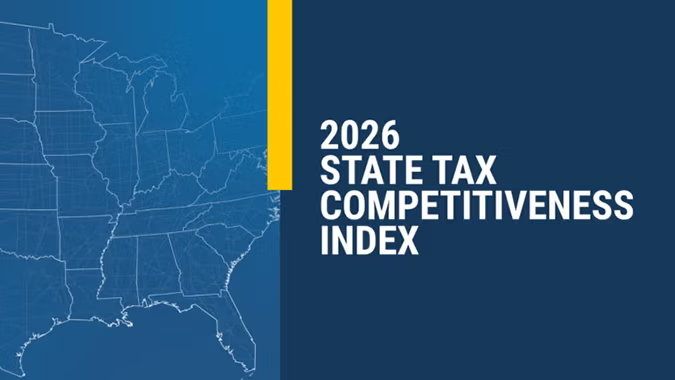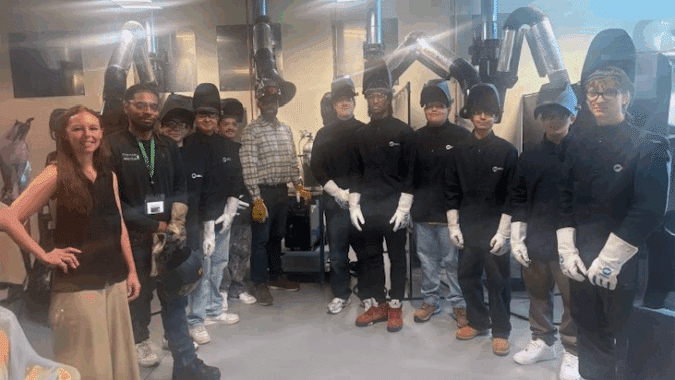A nationwide survey of nearly 20,000 U.S. residents finds that customer satisfaction is higher with federal government services, such as Medicare, the U.S. Postal Service and Social Security, while satisfaction with state services generally score lower overall.
Qualtrics partnered with Code for America to benchmark the state of customer experience across a range of state services, including the division of motor vehicles, state taxes, Medicaid, and SNAP. While some state governments are providing customer experiences that meet or beat private sector companies, others fall significantly behind, Qualtrics said.
Alaska and Florida had the largest percentage (72%) of residents who said they were generally satisfied with state government services, followed by Florida (70%), Maryland (67%) and New Hampshire (66%), according to the findings released this week.
Illinois ranked last, with only 49% of residents saying they were satisfied with their last state service experience. New Jersey ranked No. 23 among the 50 states and the District of Columbia, with 59% of those surveyed reporting they were generally satisfied with their most recent state government customer experience.
Overall, federal services produced more happy customers than state services. The researchers found that 65% of those polled nationwide said they were generally satisfied with their last federal government experience, compared to an average of 59% who were satisfied with their state government service experience.
Of the nine government services included in the study, respondents were most satisfied with federal services like Medicare (73%) the USPS (72%) and Social Security (70%) and the least satisfied with their state’s tax services (52%) and Supplemental Nutrition Assistance Program (SNAP) (54%).
Satisfaction with government services strongly correlated with household income and age, but not political ideology, the researchers found. Older residents and those with incomes over $100,000 had satisfaction levels that were 18% higher than lower-income residents.
The research also found that satisfaction did not vary greatly between online and in-person customer experiences, but the more a person had to interact with government, the less satisfied they tend to be. For example, government customers who had to switch between a government website and in-person channels gave lower overall scores.




